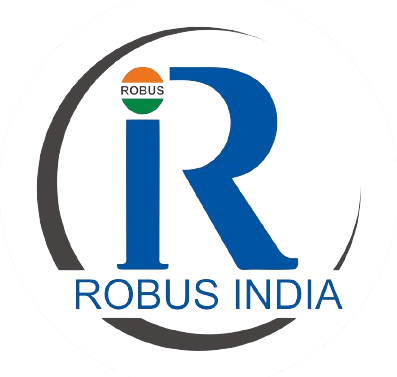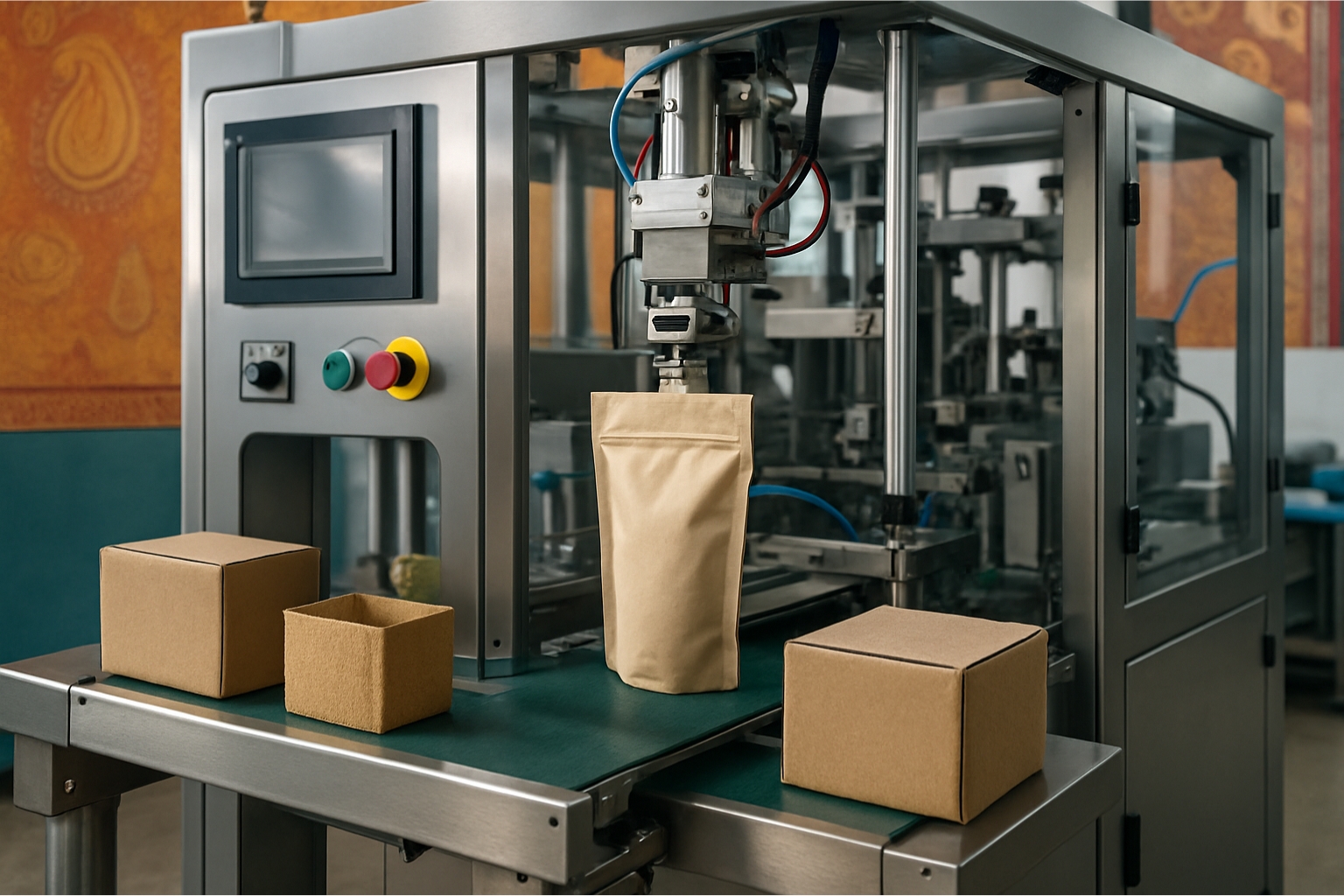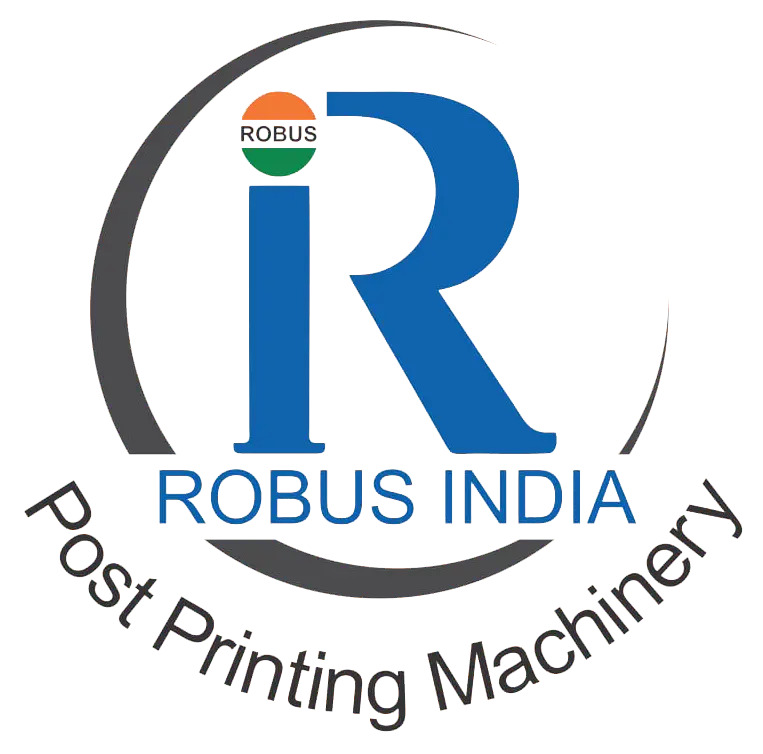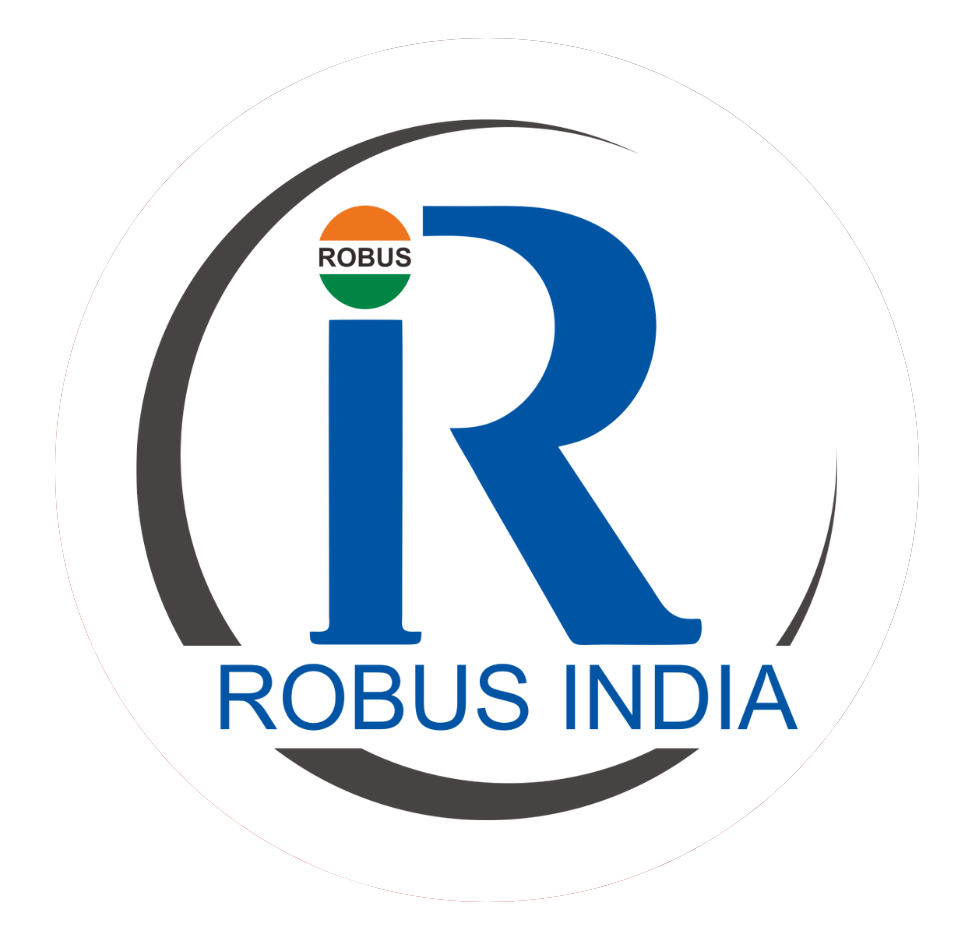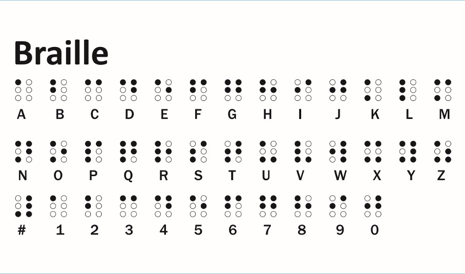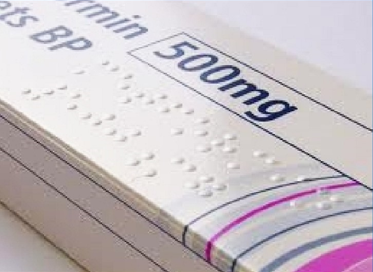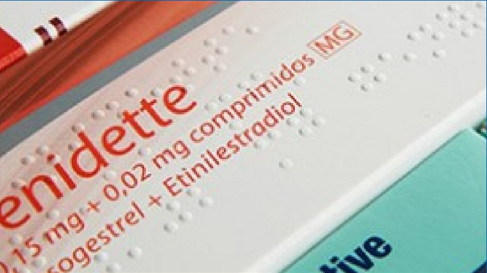In the packaging industry, sustainability is no longer a buzzword in India, but it is a requirement.
The shift to environmentally friendly packaging is changing the way products are prepared, packed and delivered due to the growing environmental consciousness, government policies and conscious consumers
The packaging market of India is a rapidly developing industry with a total value of more than USD 75 billion.
The Plastic Waste Management Rules and single-use plastic bans have made manufacturers adopt materials and machines that are environmentally friendly in the future.
Key Sustainable Packaging Trends in India
India’s sustainability wave is led by a few powerful trends shaping design and production:
- Biodegradable and Compostable Materials: Corn, sugarcane or starch bioplastics are being used instead of conventional plastics. These substances are also biodegradable and minimize landfill wastes.
- Paper and Fiber-Based Packaging: Recyclable paper pouches, molded trays, and corrugated boxes are coming into play, particularly in e-commerce and the food industry.
- Lightweight Packaging: Reducing material thickness lowers transport costs and carbon emissions while improving efficiency.
- Reusable and Refillable Options: A variety of FMCG brands have refill packs and reusable containers to reduce single-use waste.
- Smart Labeling and Digital Printing: QR codes, RFID tags, and digital prints assist in monitoring packaging, minimizing errors, and reducing waste.
These trends are making manufacturers redesign machines capable of working with new materials and formats.
How Sustainability is Shaping Machine Design
Sustainable packaging does not only concern materials, but it is changing the engineering of the machines used to package.
Modern machines must now balance eco-friendliness with precision, flexibility, and speed.
Handling New Materials
Eco-friendly materials behave differently. The paper laminates are easily torn, whereas bioplastics require particular heat and sealing conditions.
To retain quality, machines are currently being constructed with softer handling systems, better tension regulation and adjustable sealing technologies.
Energy-Efficient Systems
Sustainability extends to energy use. New-age packaging machines have servo-driven motors, energy saving motors, and intelligent sensors to minimize power consumption and lower the cost of operation.
This not only reduces carbon emissions but also enhances the cost-effectiveness of production.
Modular and Flexible Design
Modern packaging lines need to be versatile. Manufacturers are allocating resources towards modular machines that can seamlessly transition between materials-such as from paper to compostable plastic-without requiring significant reconfiguration.
This adaptability enables brands to explore various sustainable packaging options.
Digital Integration and Automation
The implementation of IoT technology for monitoring and predictive maintenance is transforming the efficiency of packaging.
Sensors monitor temperature, pressure, and sealing efficiency in real time, thereby guaranteeing minimal material waste. Automation and data-driven control make packaging lines smarter and more sustainable.
Challenges for Machine Designers
Designing for sustainability isn’t simple. Biodegradable and recycled materials frequently exhibit reduced strength, diminished barrier properties, or inconsistent thickness.
Machine manufacturers must therefore innovate in:
- Material supply and cutting mechanisms
- Temperature and pressure regulation
- Waste recovery and recycling throughout the manufacturing process
Striking a balance between environmental sustainability, productivity, and cost-effectiveness continues to be a significant challenge.
Partnerships among machine designers, packaging engineers, and material scientists are crucial for addressing these technical challenges.
The Future: Green Meets Smart
India’s requirement for sustainable packaging is projected to increase by 25% or more each year over the coming years.
As an increasing number of companies pledge to achieve net-zero objectives, the design of machinery will adapt to facilitate environmentally friendly manufacturing via automation, digital intelligence, and enhanced energy efficiency.
The next generation of packaging machinery will be:
- More Intelligent – employing AI and IoT for the enhancement of processes
- More Environmentally Friendly – constructed with recyclable materials and energy-efficient systems
- More Adaptable – capable of managing a range of sustainable resources
Conclusion
Sustainable packaging is reshaping India’s manufacturing landscape. It is not solely focused on minimizing plastic; it involves re-evaluating design, processes, and technology.
As manufacturers of machinery continue to innovate in order to effectively manage eco-friendly materials, they are not only minimizing their environmental footprint but also establishing new benchmarks for efficiency and innovation.
A packaging ecosystem that’s smarter, cleaner, and built for the future of a sustainable India.
